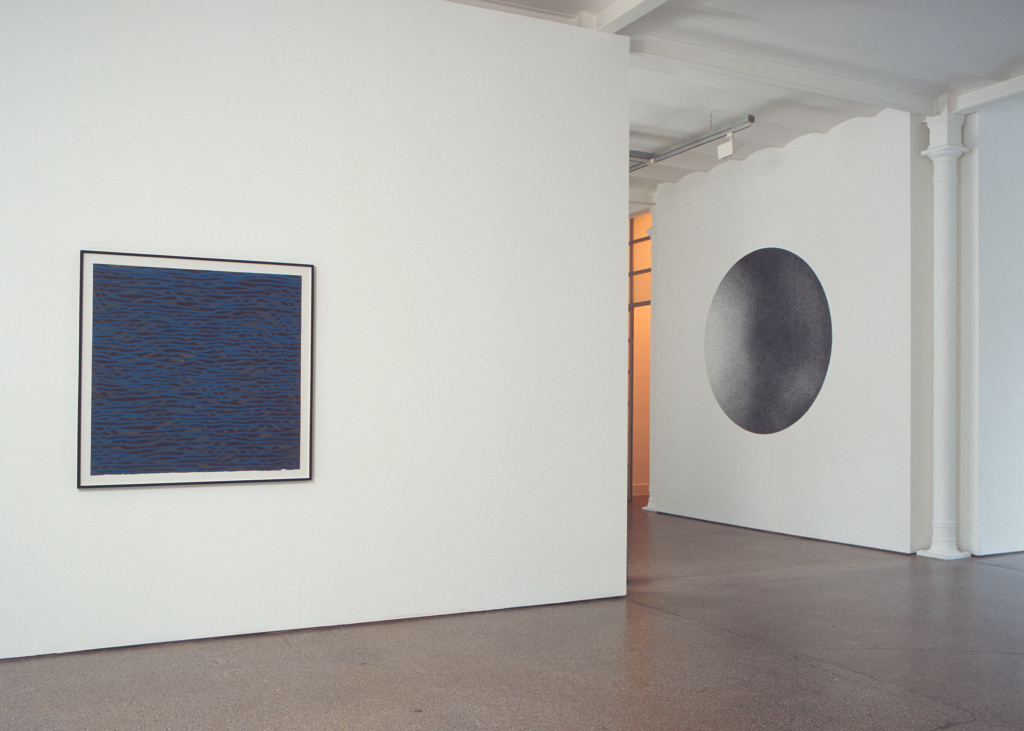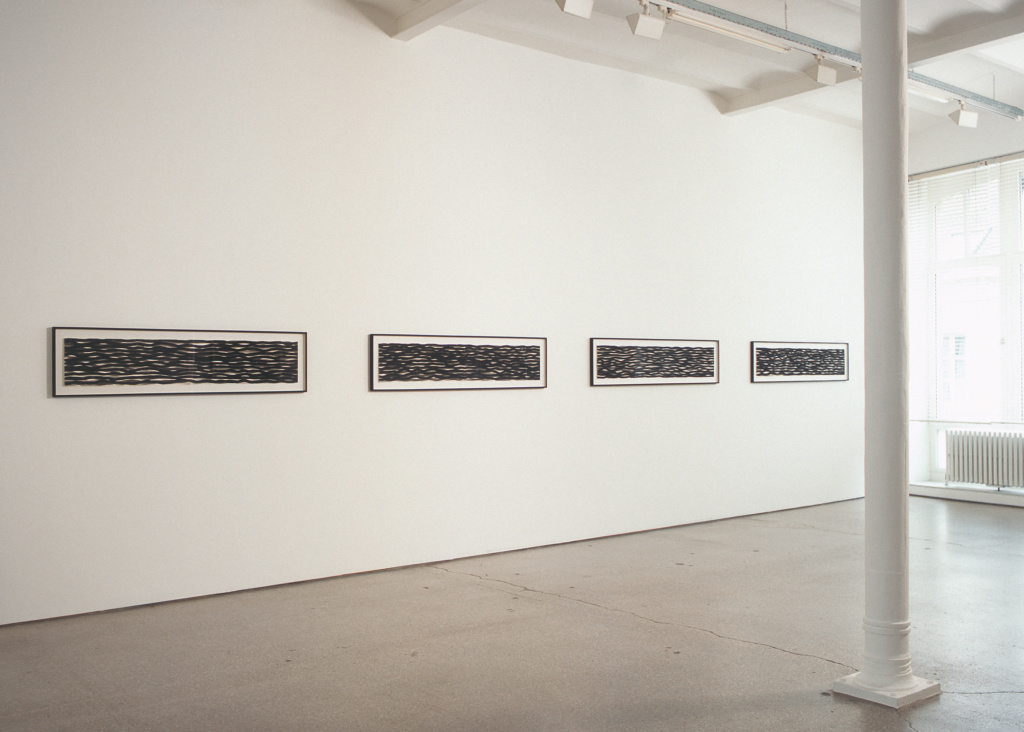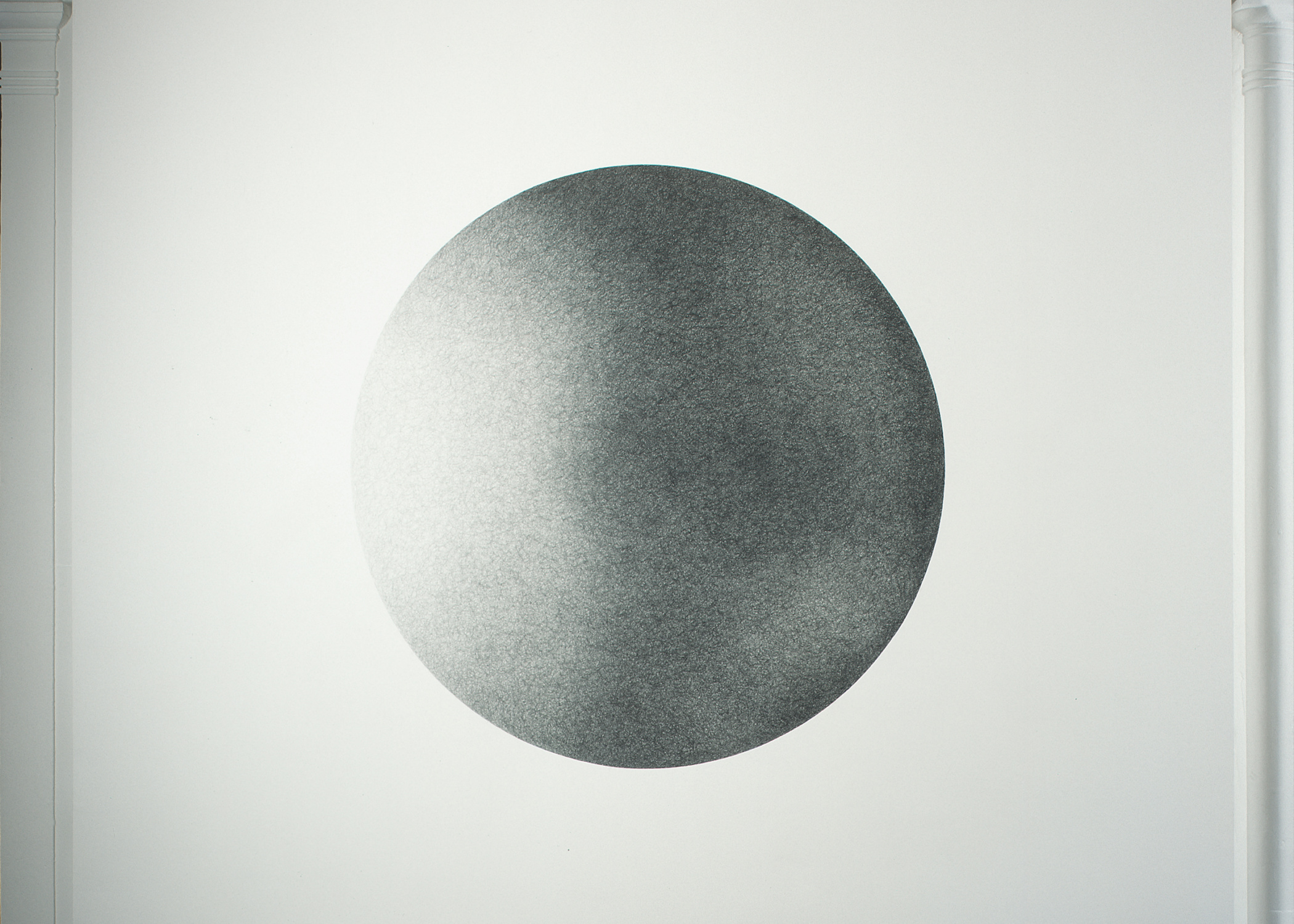LeWitt’s earliest works date back to 1962. These compositions were inspired by Malevich, constructivism and the theories of Bauhaus artists. From this period onwards, his parallel interest in Muybridge’s photographic work foreshadowed the serial works he would later create. From 1965 onwards, the artist’s work became more rigorous. The first white-painted wall and floor structures appeared. They constituted an exploration of modular, cubic and open structures. LeWitt’s work was formed using basic geometric figures (horizontal and vertical) and squares, defined as multiplied bases, whose organisation in space varied according to a more or less complex pattern. The artist attaches himself neither to the material nor to the form, which he reduces to the essential. In 1967, LeWitt published Paragraphs on Conceptual Art in Artforum magazine. In 1968, he created his first Wall Drawings explaining his intentions in two articles published in the American magazines Art Magazine and Art Now.
For his third exhibition at the Meert Rihoux gallery, Sol LeWitt presents a collection of works on paper (Lines in Colour, Horizontal Lines, Black and Grey), gouaches from 2004.
An Acrylic Wall Drawing occupies the front room, composed of elementary geometric shapes in bright colours.
Another Wall Drawing is done entirely in pencil, the density of the pencil strokes creating a slight modulation that activates the surface of the wall. This work re-evaluates the gesture of the draughtsman, the wall being considered analogous to a sheet of paper. It is the first pencil drawing to give a three-dimensional optical vision.
The term Wall Drawing refers more to a process, an operation, than to a finished work. It does not consider a result but an action.
The Wall Drawings were created by Nicolai Angelov and Andrey Gradetchliev (acrylic) and by Anthony Sansotta (pencil).






